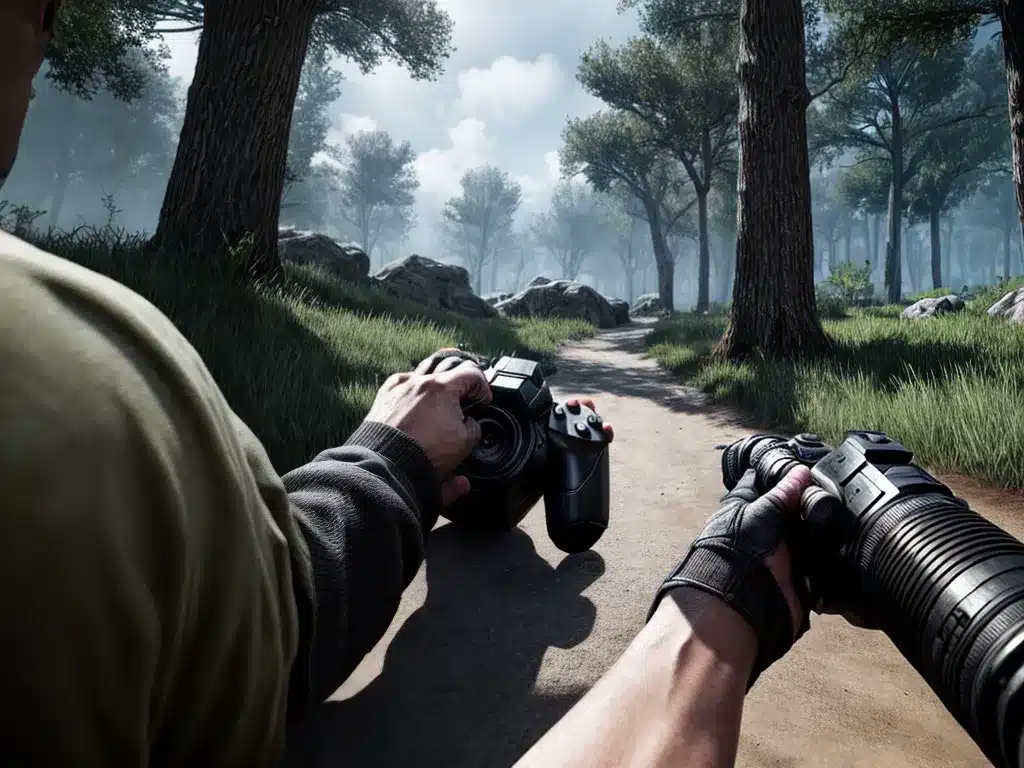Introduction
Graphics in video games have come a long way since the early days of blocky pixel art. With each new generation of gaming consoles, expectations for more realistic and immersive graphics increase. This begs the question – are photorealistic graphics truly necessary for a game to be fun and engaging? In this article, I will examine the role of graphics in games, discuss whether realism should be the end goal, and consider how other elements like gameplay and art direction contribute to the overall gaming experience.
The Pursuit of Photorealism
Game developers have made great strides towards creating ever more realistic environments and characters. Modern games boast detailed textures, advanced lighting, complex physics, and intricate animation. When executed well, photorealism can be impressive from a technical perspective. Seeing virtual worlds that convincingly resemble real life demonstrates how far gaming technology has progressed.
However, realism for realism’s sake is not inherently better. Some players may prefer stylized aesthetics that aren’t constrained by replicating reality. There are also creative risks in pursuing photorealism too single-mindedly. If the priority becomes technical demonstration over artistry, games can end up feeling sterile and lacking imagination.
Ultimately, graphics should serve the overall vision and tone of a game. The needs of the gameplay experience should drive technical decisions rather than blindly chasing realism.
Immersion and Emotional Impact
Compelling graphics, though, can greatly enhance other aspects of gameplay when applied thoughtfully. More processing power enables richer interactive worlds, with sophisticated physics, destructible environments, and advanced AI. This expanded scope for interactivity deepens immersion in the game world.
Photorealistic character models allow for subtler facial expressions and body language. These details enable conveying complex emotions that make characters seem more human. Realistic graphics can heighten the impact of storytelling scenes, like the silent giraffe encounter in The Last of Us.
So while pure processing muscle has limits, technically impressive graphics can elevate a game when used to facilitate greater immersion and emotion. The technology should enable artistry, not restrict it.
Art Direction Matters More Than Fidelity
The most visually striking games often aren’t the ones that merely mimic reality. Distinctive art direction has a bigger influence than technical fidelity alone. Stylized graphics age more gracefully as they aren’t chained to any particular level of technology.
The Legend of Zelda: The Wind Waker uses cel-shaded anime aesthetics that suit the lighthearted tone. BioShock’s art deco underwater city of Rapture oozes atmosphere despite technically dated graphics. Minecraft leverages primitive low-polygon models to create a cohesive blocky world.
Pushing technical limits can compromise art direction and performance, especially on underpowered platforms. Some of the best looking games creatively work within constraints instead of demanding excessive hardware resources. Prioritizing art direction over pure specs results in more memorable and cohesive visuals.
Gameplay Is King
In the end, flashy graphics only go so far if the underlying game isn’t fun to play. No amount of technical prowess can rescue fundamentally repetitive or frustrating mechanics.
Consider retro pixel art games that embrace simplicity but provide wholly engaging gameplay loops. Titles like Shovel Knight, Stardew Valley, and Terraria have cross-generational appeal precisely because their core gameplay remains captivating.
Conversely, some high-budget games get accused of being all style and little substance. After the initial novelty of the graphics wears off, you’re left with just a mediocre game. As with storytelling in other media, video games should focus on gameplay first before layering on presentation flair.
Striking the Ideal Balance
Like all aspects of game design, graphics involve balancing trade-offs and finding the sweet spot for each title. Performance, scope, art direction, gameplay – these all impose constraints and realities.
But we shouldn’t hold back progress either. New technology empowers developers to enhance interactivity and immersion in exciting ways. And players collectively raise expectations as each generation moves the bar for what’s possible.
With care and vision, photorealism can meaningfully augment gameplay and storytelling. But fun graphics alone don’t define a great game. The most compelling experiences marry visuals, mechanics, and creative direction into one cohesive experience. Know the strengths of your medium and play to them.
Conclusion
While modern graphics let us craft astonishingly lifelike game worlds, realism shouldn’t be an end unto itself. Truly fun, memorable games artfully blend visual presentation with great gameplay and imagination. Let the needs of the game drive smart technical choices rather than chasing benchmark specs. Graphics technology will keep evolving, but computers still can’t replicate creativity, imagination, and fun. Those vital elements depend on design skill and understanding the essence of the gaming medium.













